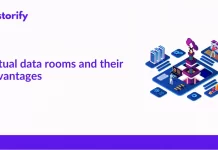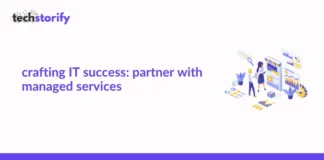In today’s business landscape, effectively managing risks is vital. From identifying potential risks to using mitigation strategies, managing risks requires precision, data-driven insights, and streamlined workflows. This is where risk management software comes in. In this article, let’s explore what is risk management software, and the benefits it brings to businesses.
Contents
What Is Risk Management Software?
This is a system that arranges several elements of a comprehensive risk management program together. It goes beyond a collection of risks and controls; instead, it works as a cohesive platform where risk assessments, analyses, and mitigation strategies mix together.
This integrated approach makes sure that businesses have a holistic and data-driven strategy to tackle potential risks. An important aspect of risk management software is its ability to facilitate risk assessments, helping organizations to meticulously analyze and evaluate risks.
By using several methods and algorithms, the software sifts through vast volumes of data to identify potential hazards in real-time. This proactive approach empowers businesses to address risks at their emerging stages, preventing them from escalating into significant challenges.
Advantages of Risk Management Software
1. Risk Detection
Cutting-edge algorithms and methodologies embedded in risk management software elevate the risk detection process. Businesses can identify potential hazards early on, and address and mitigate them before they escalate into critical issues.
2. Streamlined Efficiency
From risk identification to mitigation planning, risk management software streamlines the entire risk management process. Automation of tasks like data entry and risk scoring frees up valuable time for more strategic activities, such as in-depth risk analysis and proactive mitigation planning.
3. Informed Decision-Making
Data visualization tools and real-time insights empower organizations to make informed decisions regarding risk management strategies. By analyzing risk data and recognizing patterns and trends, businesses gain a comprehensive understanding of potential impacts and optimal response strategies.
4. Robust Regulatory Compliance
Adhering to regulatory requirements is non-negotiable for businesses. Risk management software aids organizations in maintaining compliance by automating compliance tracking, generating real-time compliance reports, and establishing comprehensive audit trails. This feature equips businesses with actionable insights to swiftly address areas of non-compliance.
How to Select the Right Risk Management Software
1. User Experience
When choosing risk management software, avoid the trap of seeking a mere database. Prioritize an intuitive user experience that fosters user adoption. The software’s interface, navigation, data entry process, and overall usability should enhance user engagement.
A user-friendly experience extends beyond surface-level aesthetics, encompassing features like drag-and-drop capabilities, interactive dashboards, and seamless report generation.
2. Real-Time Data Updates
Opt for risk management software that facilitates real-time data updates. As new risks are identified, the software should promptly reflect these changes, ensuring that all stakeholders are equipped with the latest insights.This feature expedites the initiation of action plans, allowing organizations to respond promptly to evolving risks.
3. Flexibility
The ability to delve into risk details and view them from multiple perspectives is vital. Seek risk management software that offers drill-down and roll-up functionalities. This helps your users analyze risks at different levels, from the corporate level to individual sites and even down to specific assets. This granularity allows businesses to tailor risk management strategies to different contexts.
4. Endnote
Today, risk management software emerges as a strategic ally for your businesses seeking stability and growth. From maintaining a repository of potential hazards to facilitating real-time updates, risk management software enables organizations to navigate risks with confidence. By using risk management software, your business can elevate its management capabilities and can position for future success.












